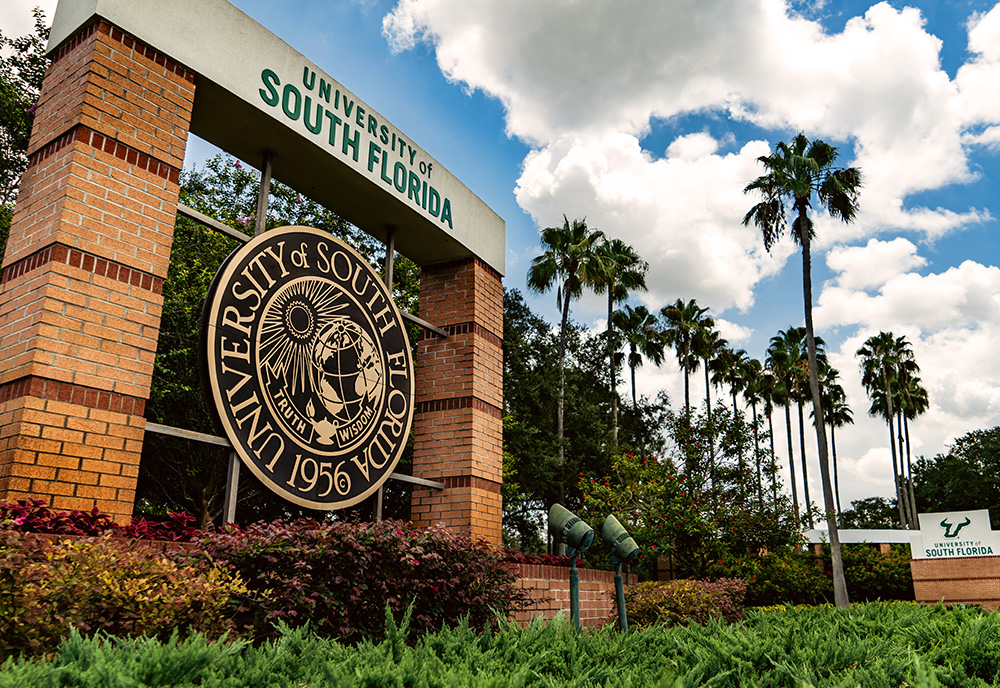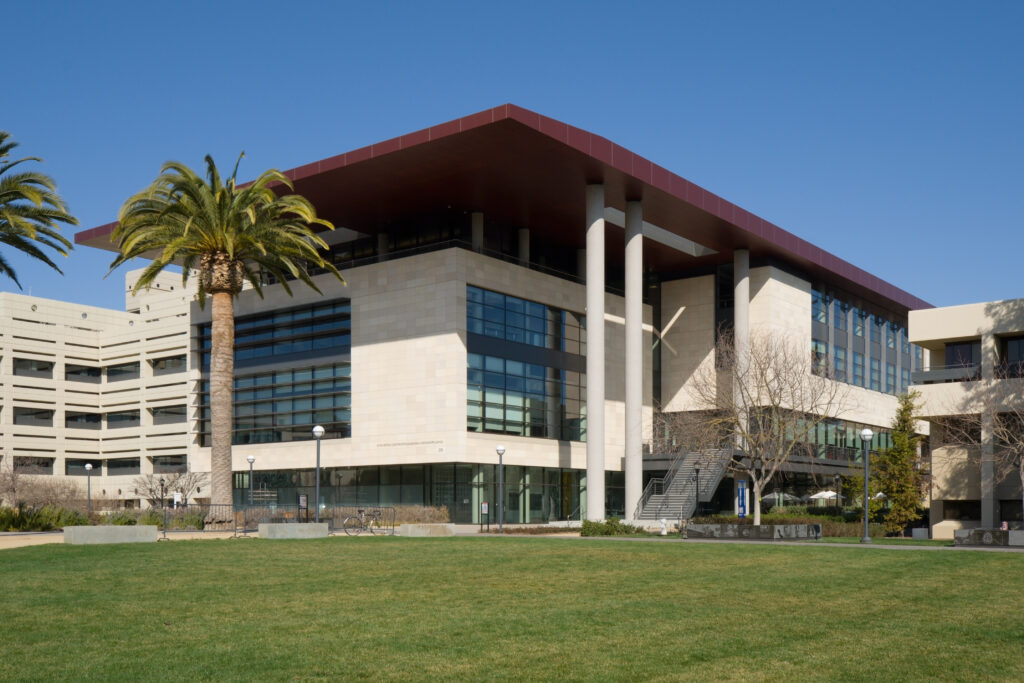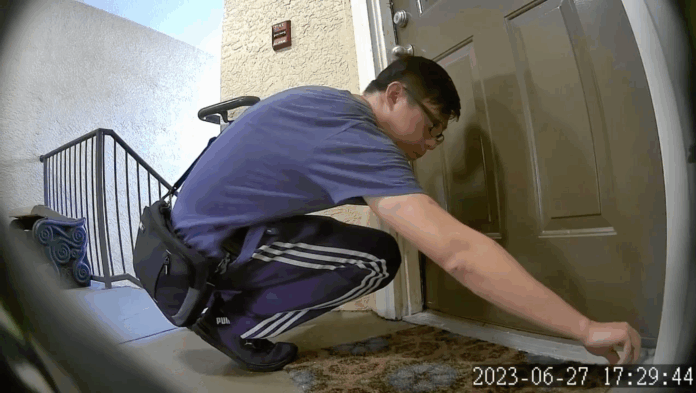By Alexandra Williams
A unique case of poisoning at the University of South Florida raises questions about the risk of access to student laboratories being abused.
Between May 31 and June 27, 2023, Umar Abdullah, his wife, and newborn daughter were repeatedly, and inexplicably, sickened. Their search for the source of their mysterious illnesses soon identified an unexpected perpetrator: their 36-year-old downstairs neighbor Li Xuming, a PhD student at the University of South Florida (USF). On at least three occasions he approached the Abdullahs’ apartment and injected a dangerous chemical cocktail of methadone and hydrocodone under the door with a syringe. The reason? Li’s increasing irritation with his neighbors’ supposed noise levels – blaming their newborn daughter.
After each of Li’s injections, the smell of the chemical cocktail hung in the front area of the Abdullahs’ apartment. Upon entering and exiting their apartment they unknowingly spread and aerosolized the chemicals and began experiencing several distressing symptoms, including shortness of breath and eye and skin irritations. Exposure to methadone and hydrocodone results in numerous symptoms that can be quite dangerous, especially for a newborn. These include vomiting, vision problems, seizures, and trouble swallowing.
On May 31, 2023, the first scent of fumes hinting at foul play appeared. Upon retrieving a package for the Abdullahs on their behalf, their friend noticed the toxic smell and, thinking it odd, informed them of the incident. The condominium maintenance staff and the Tampa Fire and Rescue Department conducted several checks to rule out HVAC system leaks or any other potentially contributing causes. With no resolution, the Abdullahs grew increasingly distressed and worried about their safety.
As the Abdullahs continued to experience episodes of the same severe health issues, their suspicion grew that their downstairs neighbor, Li Xuming, was behind these incidents. Although initially amicable (Li gifted the Abdullahs a dress for their daughter shortly after she was born), soon after Li started sending text messages complaining about “loud” and “excessive” noise akin to furniture moving, noises that didn’t seem to exist. Paradoxically, Li was also married with two small children at the time and might be expected to be more understanding of the nature of newborns and potential noise issues or disruptions. With Li’s abrupt souring and mounting complaints, their suspicion grew that Li’s behavior, their illness, and the unidentified source of the toxic fumes were all connected.

Mr. Abdullah decided to set up a hidden security camera outside his apartment to catch whoever might be exposing them to the chemical cocktail. On the evening of June 27, 2023, around 5.30pm, the security camera caught Li for the last time injecting the chemical cocktail under their apartment door. Abdullah immediately notified the police who arrested Li later that evening.
Li was charged with battery, dispersing a chemical agent, and possession of a controlled substance. Following his expulsion from USF he was deported back to China in late 2023.
Using Academia for Harmful Purposes
Pursuing a PhD in chemistry at USF on a student visa from China, Li was able to exploit his academic knowledge and more importantly his access to a USF chemical laboratory to do harm. It is unknown how Li chose to employ the methadone and hydrocodone compounds. However, it is likely that he used the USF laboratory to first synthesize the individual chemical agents before mixing them into vials and syringes, producing enough mixture to use on multiple occasions.
Li’s conduct highlights two problems. Firstly, implicit trust exists that presumes students and faculty staff are honest and well-intentioned rather than having the potential to engage in nefarious activity. Students of all types are not inherently threats and should never be seen as such; it is incidents of abuse of academic access and knowledge that are the threat. Secondly, even when strict protocols and formal procedures are established to provide safe environments and prevent inappropriate access, their mere specification doesn’t guarantee effective application. Care must be taken as universities and laboratories contend with these tensions. When not appropriately managed, they can create ripe opportunities for exploitation.

Balancing Academic Success and Preventing Abuse of Access
The university’s failure to detect or disrupt Li’s behavior is both alarming and a warning and suggests a lack of effective oversight. It also shows that clear gaps exist between available protocols and their implementation at USF.
As is typical, USF’s Environmental Health and Safety Office and Department of Chemistry Safety maintain extensive safety protocols. Graduate and undergraduate students must be trained and sign affirmatory statements that they both understand and will abide by the safety rules. USF’s safety procedures require oversight of laboratory activity, and state that no personnel should ever be working “alone where hazardous chemicals are being handled or stored”. These protocols are clearly focused on safety considerations and provide no mention of active security measures such as restricted or two keycard access to supplies. Instead, they appear to rely heavily on paper reporting. Without active security measures, safety protocols can be rendered ineffectual. Although USF does use a computer-based lab inventory system, Li simply could have chosen not to report any potential chemical precursor use in USF’s CHEMATIX inventory platform, nor log his activity and remain unnoticed. As a graduate research and teaching assistant Li would have had relatively free access to the USF laboratories and familiarity with lab security and processes.
Li’s case serves as reminder that incidents like this can and do happen if these gaps are not addressed. This problem is not unique to USF, making these incidents and gaps even more important to rectify. Two other cases of students exploiting lab access to do harm emphasize this gap. In 2014, a graduate student in Stanford’s biochemistry program poisoned several colleagues’ water bottles with paraformaldehyde, while in 2021 a graduate student in Germany stole 4-Bromoaniline from a laboratory and poisoned water for coffee, milk, and honey in two tea kitchens, a shared office, and a breakroom.
Furthermore, universities serve academic and research purposes that require accessibility, which is often seen as being at odds with security. Yet, accessibility and security need not be sacrificed at the hands of the other. The balance is delicate yet critical and can be achieved through the development of a firmly and consistently applied culture of security alongside laboratory safety training.

Conclusion
Li’s preparation of the toxic substances raises important questions about the robustness of measures in place to control university laboratories, specifically the inability of the suite of these formal procedures and measures to function as intended: to track activity and deter or detect the inappropriate use of facilities and materials. Furthermore, Li’s actions and absence of interdiction raise concerns of enabling insider risk situations, along with the important balance universities need to strike between security and enabling the collaborative pursuit of knowledge, education, and science.
An inescapable truth of human organizations is that some people will try to misuse their access for personal benefit, or to harm the organization or others. While this risk cannot be eliminated, it can be mitigated. Effective mitigation requires determination to develop, apply, and sustain a robust security culture. Systems such as material inventory and control that are not regularly independently verified beg for exploitation. Universities, where researchers often work unsupervised, can easily create an environment open to exploitation by placing excessive faith in the honesty of students and faculty staff. These institutions would better serve their students by inculcating a robust and thoroughgoing security culture where colleagues are willing to question and draw attention to the activities of others, in addition to efforts to train students in the fundamentals of laboratory safety.
Alexandra Williams is a Senior Researcher at the National Consortium for the Study of Terrorism and Responses to Terrorism (START) at the University of Maryland. Mrs. Williams holds a master’s degree in biodefense from George Mason University, with a background in political science, international affairs and public health. Mrs. Williams’ research portfolio includes biosecurity in the Americas, CBRN use by violent non-state actors, and health mis- and disinformation.





